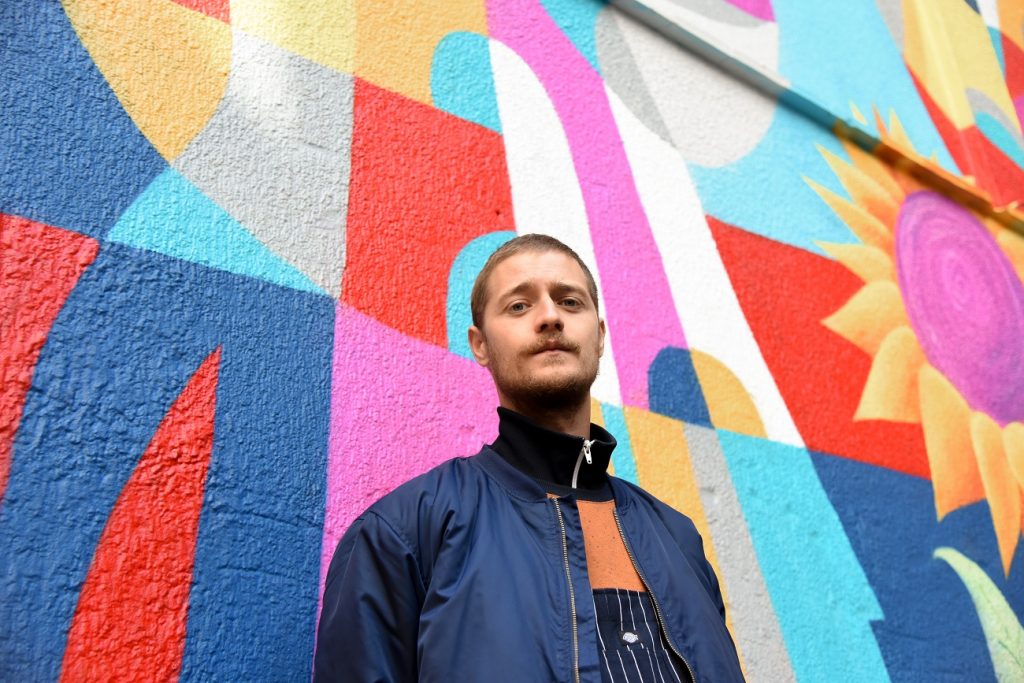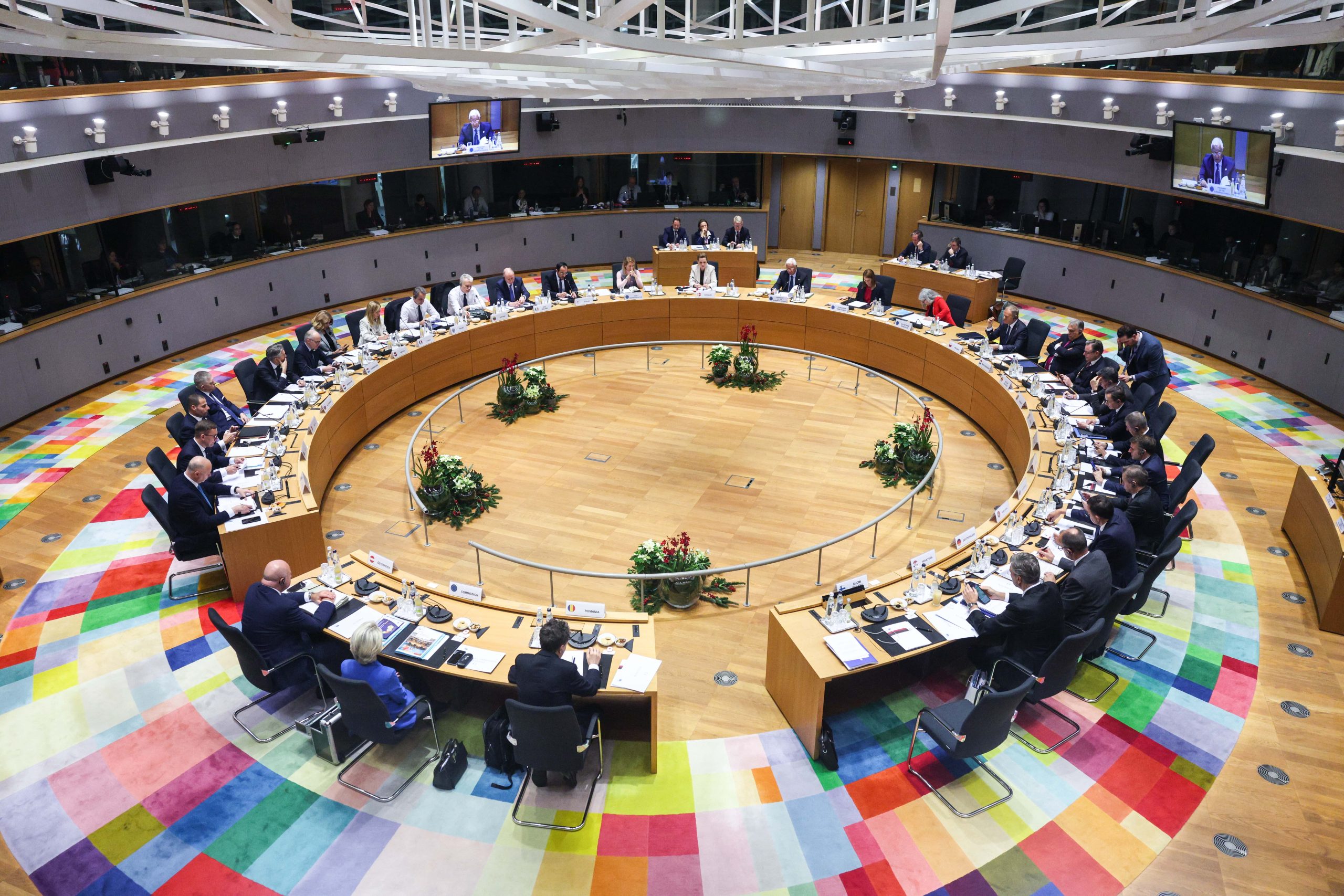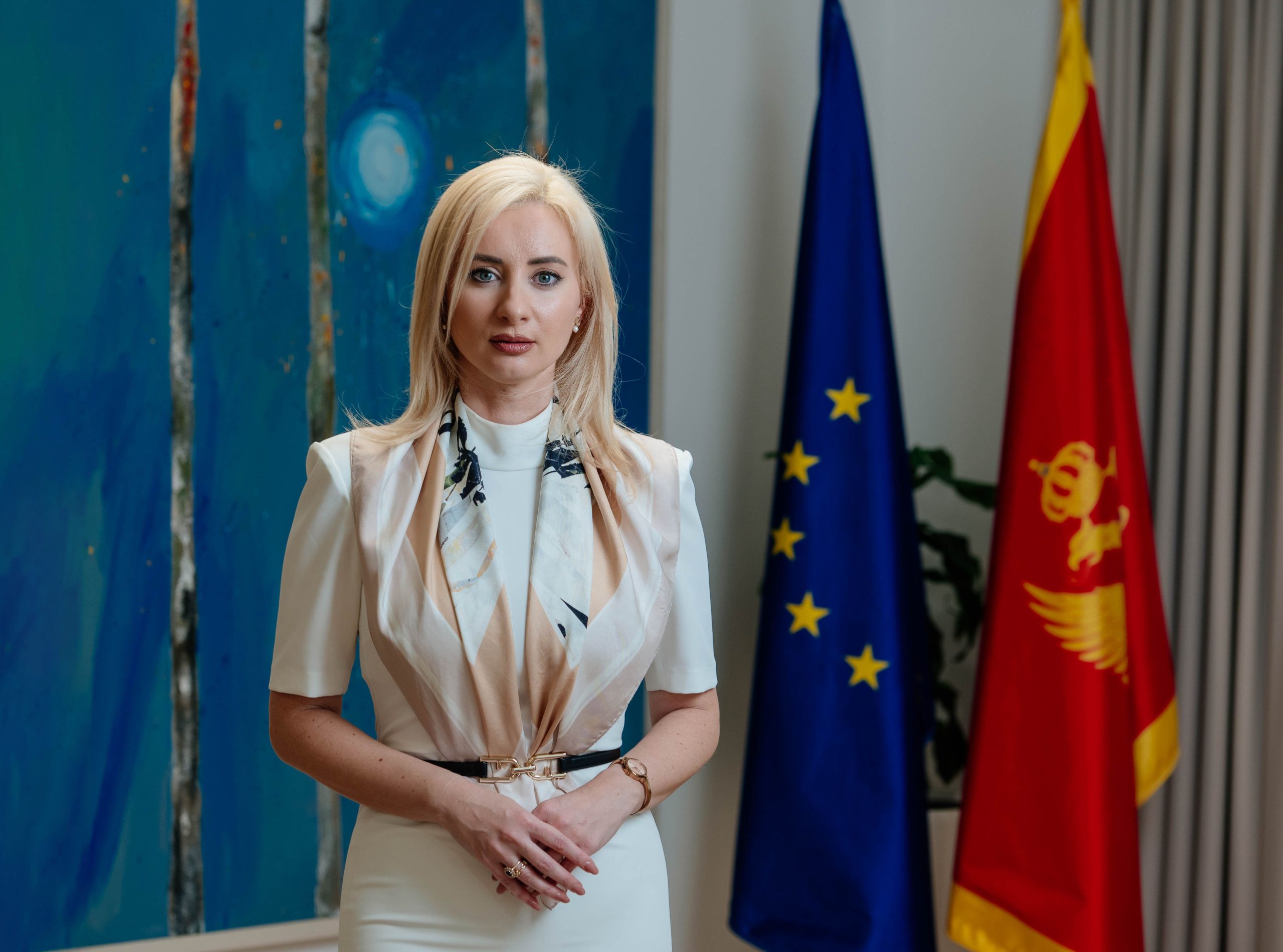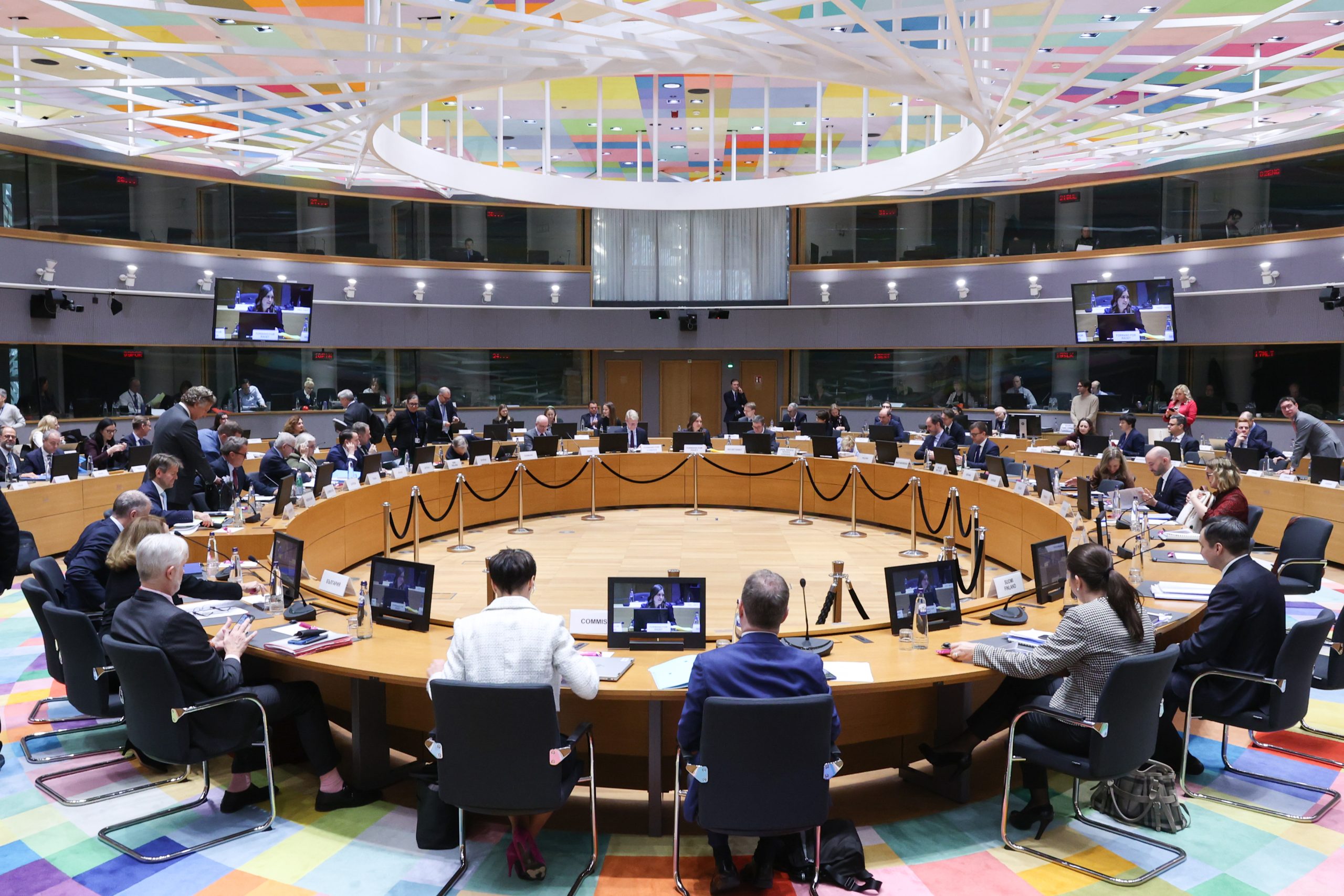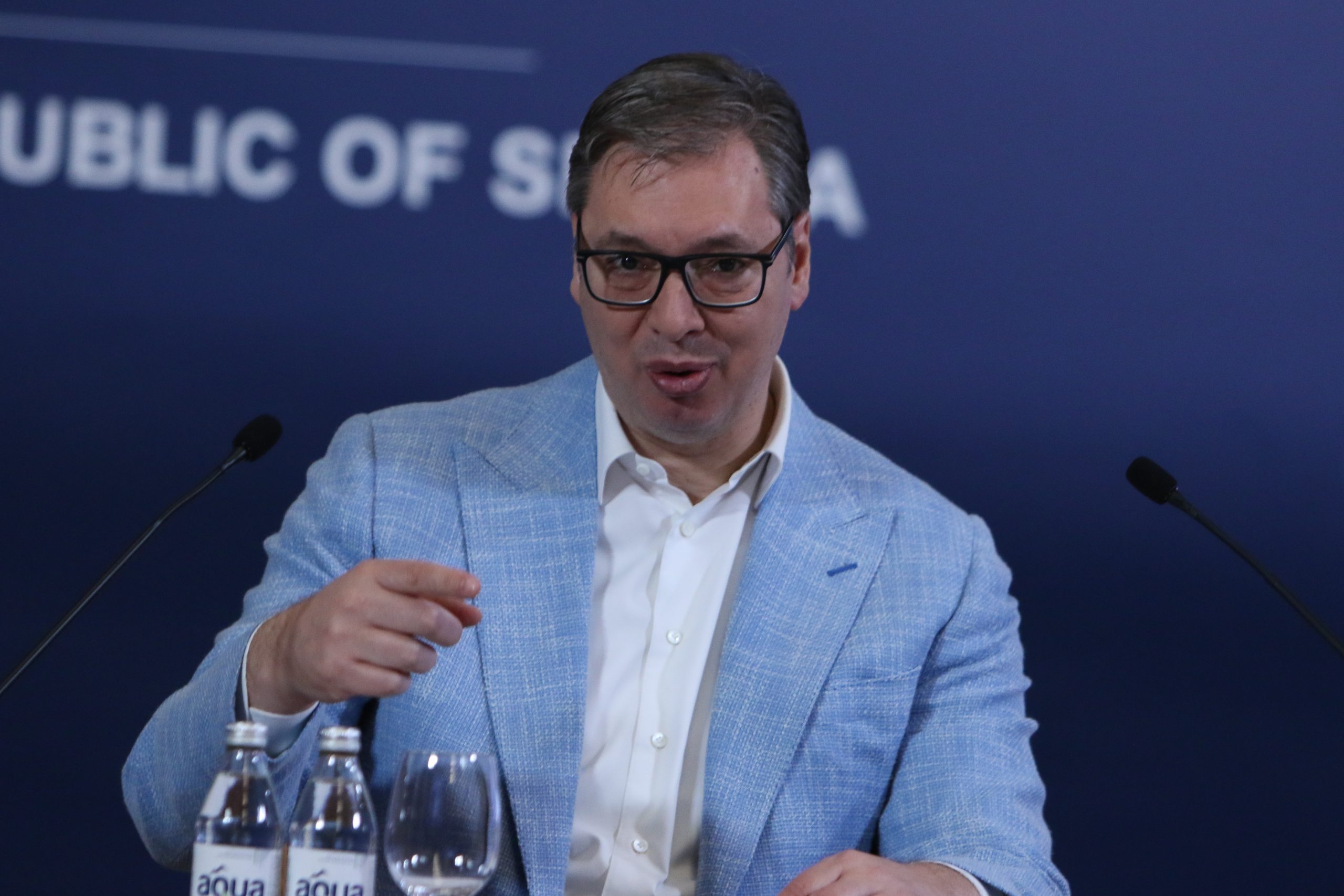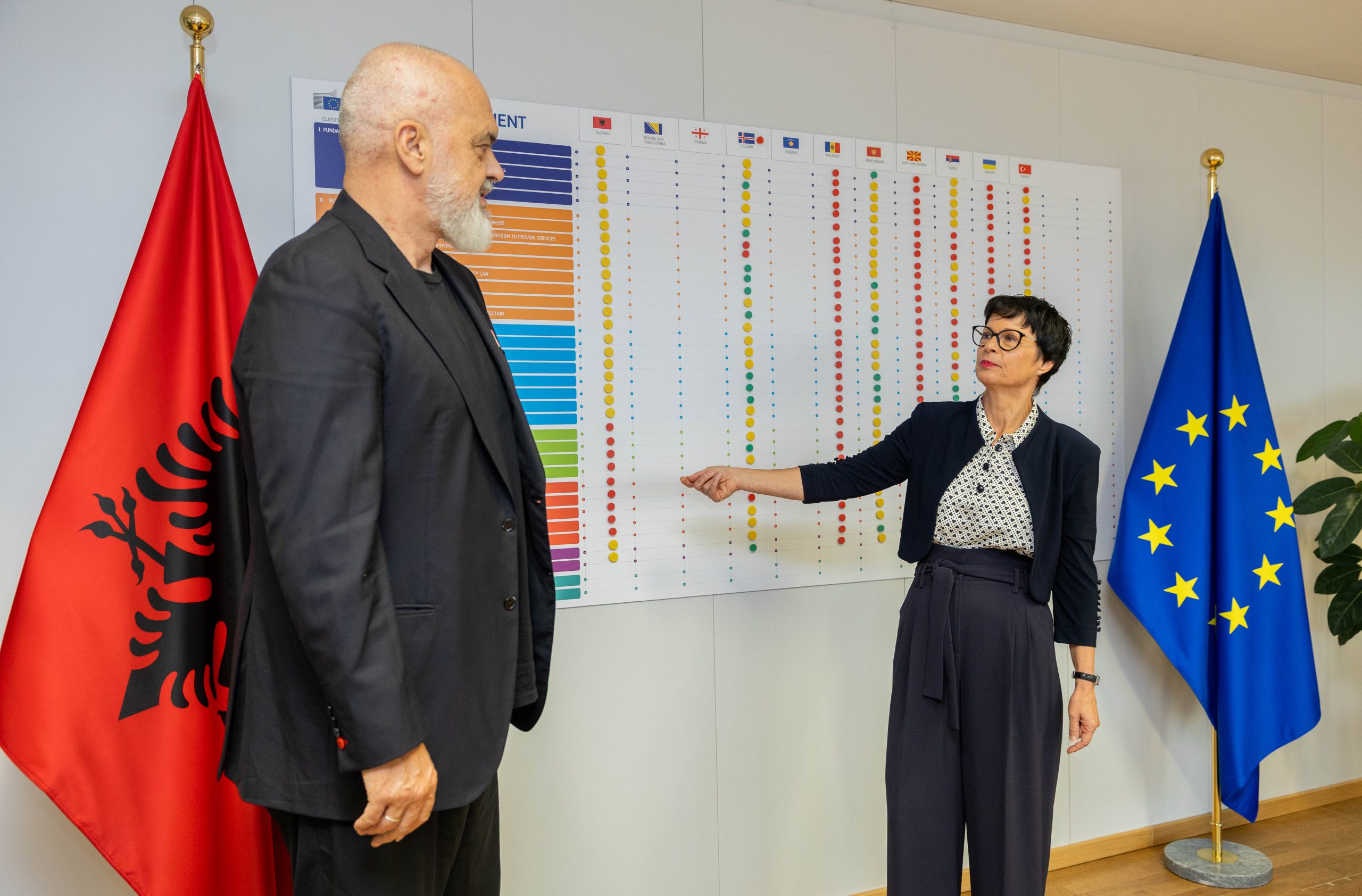How the Balkans look when it is seen from Brussels and why art is the only way to accept diversity, a young artist from Bosnia and Herzegovina, Rikardo Druškić, whose mural dedicated to the Western Balkans was recently presented in the centre of Brussels, spoke with European Western Balkans.
European Western Balkans: A mural got the name “It is only with the heart that one can see rightly”. To whom is that slogan dedicated?
Rikardo Druškić: That slogan is for all people on the planet Earth. In a time of consumerism, false democracy, wrong idols, we have become people of lost values. Mural, as a reference to “The Little Prince”, speaks about learning to love with open heart, without prejudices. He carries a message of peace and tolerance in him. A Mural is for all people in the world, that will come to Brussels and see it, with an aspiration to change their perception of my country and region I came from.
EWB: The heart is one of the most manipulated metaphors through the history of art. What kind of heart do you speak of?
RD: I was aware, from the beginning of my work as an artist that love (heart) is one of the biggest clichés in art, and that I need to be careful about presenting it. A younger me thought that love is an act of loving someone, and that love is precisely specified by words “I love someone”, to be clear, it is the feeling of love to someone close to us. As I’m getting older, I’m able to recognize the whole wideness of love (heart). I figured out that love is one of the basic psychological needs, that every man needs it for the growth of their personality, and also that family is the core of every healthy society.
Love to the world, to every man on the planet, empathy, respect, caring for other and the different ones; I’m speaking about that heart, not only through this work but through my whole creativity and work in general. Humanity is on its material path, and I aspire to give some a spiritual direction.
EWB: During the presentation of the mural, Federica Mogherini said that this mural brings back Balkan to the heart of Europe, where it belongs. What does it mean to you when someone says that Balkan is the heart of Europe?
RD: For me, that means a lot. One of my main aspirations as an artist is satisfied, which means that through my work and art, I’m representing the area from which I come to a more positive light. This gives me a special feeling of pride, which I will endeavour to achieve again in the future.
EWB: What is Europe for you in general?
RD: I consider Europe as one great, well-settled mechanism, with some imperfections. I consider it as an ideal platform to present my work and ideas, also as a great platform for all young people with a clear vision of their future and the future of the world.
EWB: What do you think, how the Balkans and Europe see each other?
RD: People from West European countries think of as: “Balkan people are crazy, they drink, shoot on weddings, kill each other, they are dangerous.” They are afraid of us. And the worst of all is I think that people from the Balkans love that identity. Because, if they don’t like us, then it is better If they are afraid of us. The most efficient way to fight against those prejudices from their side and illusion that comes from our side is culture.
EWB: We can assume that vivid and cheerful colours are representing differences in the Balkan. But in the 20th century, that diversity was seriously damaged. In that context, what your work suggests?
RD: My work put this variety, diversity in harmony and forms that communicate with each other with respect. It suggests that it is possible to merge differences, that it is possible to build a coherent environment from diversity. One of the aims of art is to connect people, cultures, energies.
